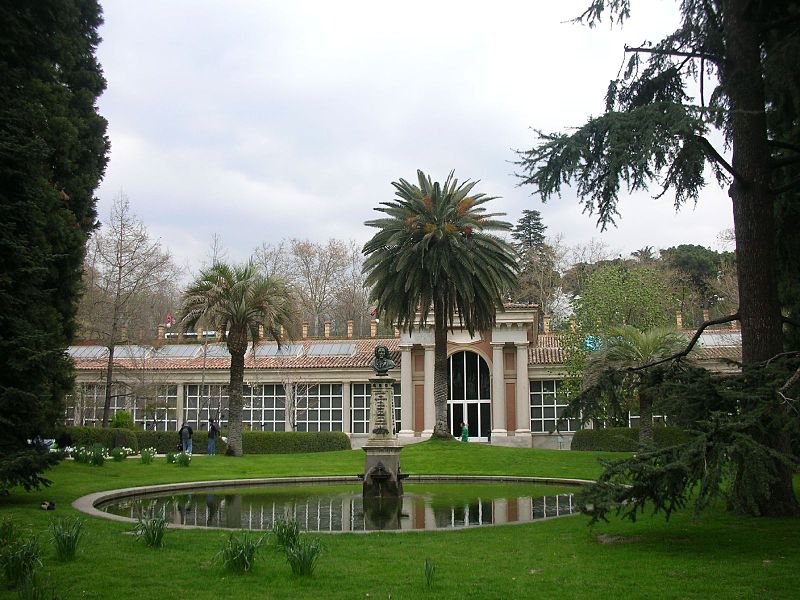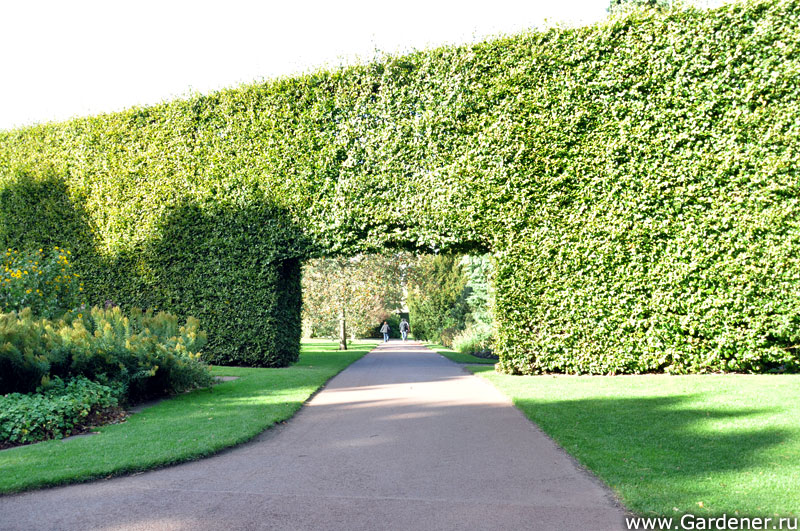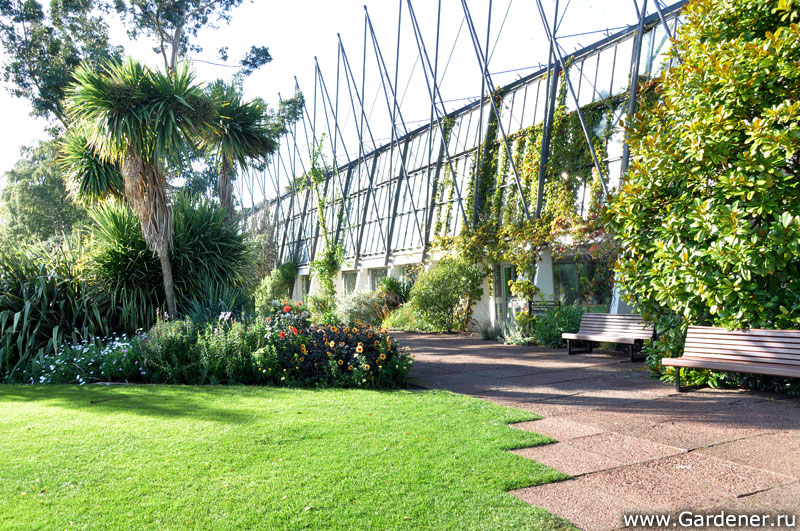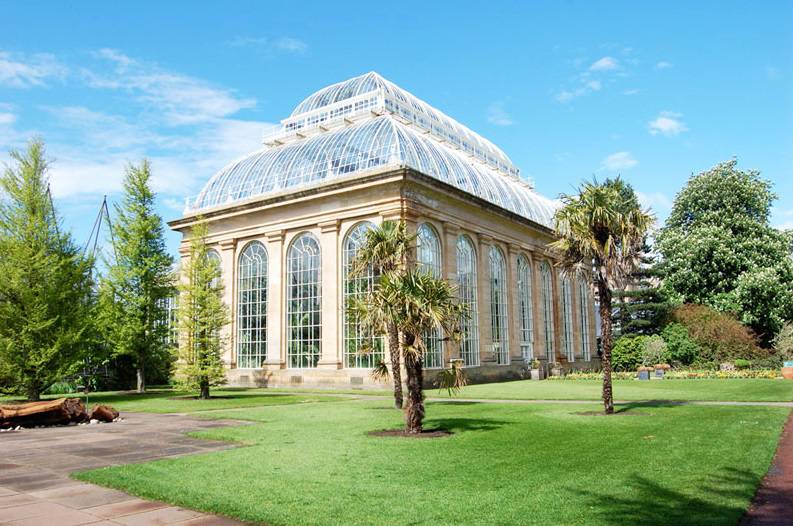The Royal Botanic Garden Edinburgh (RBGE) is a scientific centre for the study of plants, their diversity and conservation, as well as a popular tourist attraction. Originally founded in 1670 as a physic garden to grow medicinal plants, today it occupies four sites across Scotland — Edinburgh, Dawyck, Logan and Benmore — each with its own specialist collection. The RBGE's living collection consists of more than 13,302 plant species, (34,422 accessions) whilst the herbarium contains in excess of 3 million preserved specimens.
The Royal Botanic Garden Edinburgh is an executive non-departmental public body of the Scottish Government. The Edinburgh site is the main garden and the headquarters of the public body, which is led by Regius Keeper, Simon Milne.
The Edinburgh botanic garden was founded in 1670 at St. Anne's Yard, near Holyrood Palace, by Dr. Robert Sibbald and Dr. Andrew Balfour. It is the second oldest botanic garden in Britain after Oxford's. The plant collection used as the basis of the garden was the private collection of Sir Patrick Murray, 2nd Lord Elibank, moved from his home at Livingston Peel in 1672 following his death in September 1671The original site was "obtained of John Brown, gardener of the North Yardes in the Holyrood Abby, ane inclosure of some 40 foot of measure every way. By what we procured frorn Levingstone and other gardens, we made a collection of eight or nyne hundred plants yr." This site proved too small, and in 1676 grounds belonging to Trinity Hospital were leased by Balfour from the City Council: this second garden was sited just to the east of the Nor Loch, down from the High Street. John Ainslie's 1804 map shows it as the "Old Physick Garden" to the east of the North Bridge. The site was subsequently occupied by tracks of the North British Railway, and a plaque at platform 11 of the Waverley railway station marks its location.
In 1763, the garden's collections were moved away from the city's pollution to a larger "Physick Garden" on the west side of Leith Walk, as shown in Ainslie's 1804 map.
In the early 1820s under the direction of the botanist Daniel Ellis and several others,[8] the garden moved west to its present location as the "New Botanic Garden" adjacent to Inverleith Row, and the Leith Walk site was built over as Gayfield Square and surrounding development.[9] The Temperate Palm House, which remains the tallest in Britain to the present day, was built in 1858. A small section of the Leith Walk garden and planting still exists in the gardens in Hopetoun Crescent.
In 1877 the City acquired Inverleith House from the Fettes Trust and added it to the existing gardens, opening the remodelled grounds to the public in 1881.
The botanic garden at Benmore became the first Regional Garden of the RBGE in 1929. It was followed by the gardens at Logan and Dawyck in 1969 and 1978.
The Botanic Garden's main site in Edinburgh is a hugely important player in a worldwide network of institutions seeking to ensure that biodiversity is not further eroded. Located one mile from the city centre it covers 70 acres (28 ha).
The RBGE is actively involved in, and coordinates numerous in situ and ex situ conservation projects both in the UK and internationally. The three main cross-cutting themes of scientific work at the RBGE are: Scottish Biodiversity, Plants & Climate Change, and Conservation.
In addition to the RBGE's scientific activities the garden remains a popular destination for both tourists and locals. Locally known as "The Botanics", the garden is a popular place to go for a walk, particularly with young families. Entrance to the botanic garden is free, although a small entry charge exists for the glasshouses. During the year the garden hosts many events including live performances, guided tours and exhibitions. The RBGE is also an important centre for education, offering taught courses across all levels.
In 2009, the John Hope Gateway was opened. John Hope was the first Regius Keeper of RBGE.













